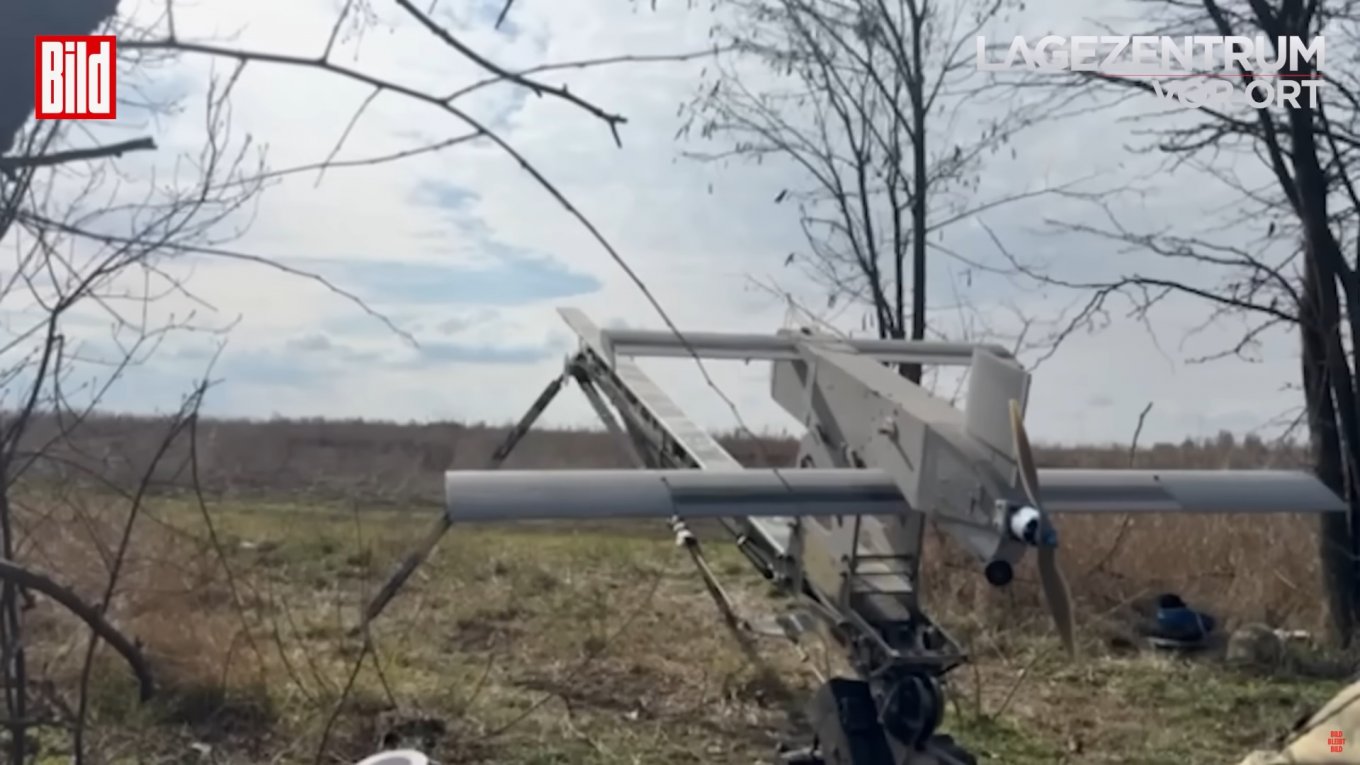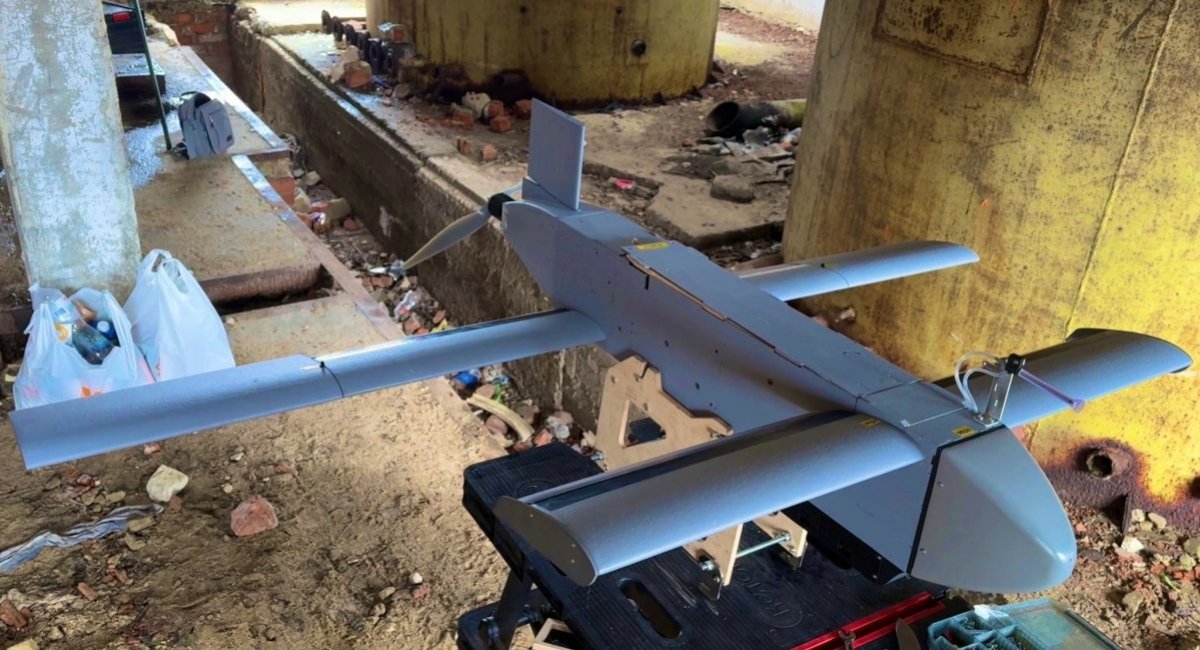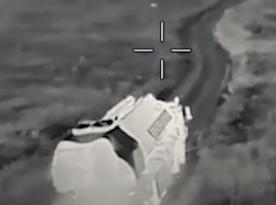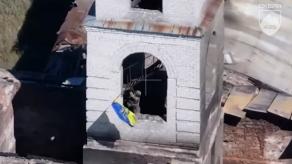The plans to provide 4,000 unnamed loitering munitions to Ukraine, later confirmed to be the HF-1 attack drones from Helsing, were announced by Germany in fall 2024. Today, the Ukrainian Defense Forces are already actively using them against the russian army, as revealed in a video report by BILD.
Furthermore, journalist Julian Röpcke says about 1,000 such drones have been delivered, showing how a Ukrainian Special Operations Forces unit deploys one such system in the Sumy region, northern Ukraine.
Read more: russia Forms Agricultural Drone Units: What They Plan to Arm Them With
"The aircraft can stay airborne for about an hour, we have to find a target during that time. Depending on the direction, wind strength, and cloud height (here likely referring to the cloud base altitude - ed.), we can fly a certain distance," says crew commander, callsign Romero. He says they use HF-1 drones against a variety of targets, from armored vehicles and air defense systems to logistics and warehouses.
Another drone operator, Destro, adds that the optimal operating distance of HF-1 is between 45 and 50 km. The loitering munition brings "very unpleasant surprises" to the russians, as it can reach the calmer places in the rear where the enemy forces feel relatively safe. This allows the pilots to catch targets unguarded, like parked vehicles or troops prior to their rotation to the frontline, etc.
Today, in Sumy Oblast near the Russian border, @BILD had the opportunity to be the first media team to see the German-supplied, AI-supported Helsing HF-1 strike drone during its deployment with Ukrainian Special Forces. A video report is coming up soon. pic.twitter.com/EykGMtlU0c — Julian Röpcke (@JulianRoepcke) March 31, 2025
"Our drone is equipped with a homing system that helps to capture a target and lock until it's hit. This is a plus because if we lose contact with the drone — the video [signal] or control — the drone reaches the target and strikes it," Romero explained, adding:
"We are currently working with a system where the pilot finds the target, captures this target, and the aircraft hits it. It's not about whether it's the person or automatics, it's the matter of delivering this aircraft to the target, and in homing mode, the aircraft is not affected by electronic warfare, which the [enemy] vehicle might be carrying. From the moment the target is locked on, the aircraft takes control and gets to the target independently."

The HF-1 is mainly made of plywood, potentially reducing the weapon's production cost. "The material from which the plane is made does not matter in principle, and you can use any material as long as it flies. It can be made of wood, or of foam, completely printed on a 3D printer, and so on. The aircraft doesn't care. In our case, being made of wood makes it even better because it's radar-transparent and better suited for operation at long distances."
The troops stressed that the Ukrainian Defense Forces need more drones and people to work with them. Defense Express reminds that Helsing in February 2025 announced a new order of drones for Ukraine, albeit the model is different. Ukrainians will get 6,000 of the latest HX-2 loitering munitions of the same family with X-wing design, first presented in late 2024. Supplies of HF-1 will continue simultaneously.

Read more: Ukraine to Receive 6,000 Kamikaze Drones from Germany—Analogs of the russian Lancet














